
Theseus News: Numerous new colonies have sprung up on all of these worlds with Prothean ruins to be studied.
Theseus
Overall fame/aspect title: extensive Prothean ruins and diamond farming.
Abstract; summation of all major producing planets within this system:
Theseus is home to numerous planets and moons with extensive ancient humanoid colonization ruins. Sytau, Theseus' first world, produces more diamonds than all of humanity will ever have use for.
Overall fame/aspect title: extensive Prothean ruins and diamond farming.
Abstract; summation of all major producing planets within this system:
Theseus is home to numerous planets and moons with extensive ancient humanoid colonization ruins. Sytau, Theseus' first world, produces more diamonds than all of humanity will ever have use for.

System: Theseus

Solar System Collectives
Hierarchically Descending
---[Star Data]---
Stellar ID:
Class:
Radius:
Mass:
Luminosity:
Temperature:
Distance:
---[Planets]---
5
---[Moons]---
63
---[Asteroid Belts]---
0
---[Planetoids]---
###,###+
---[Comets]---
#,###+
Stellar ID:
Class:
Radius:
Mass:
Luminosity:
Temperature:
Distance:
---[Planets]---
5
---[Moons]---
63
---[Asteroid Belts]---
0
---[Planetoids]---
###,###+
---[Comets]---
#,###+
Theseus (year) A
F
9,547 km
3.781 Earth Masses
0.957
N/A
343 °C / 649.4 °F
1.7 g
94.51 atm
1.7 g
94.51 atm
1.05 AU
1.1 Earth Years
32.2 Earth Hours
Yes; year
No; year
---[Planet Data]---
Stellar ID:
Class:
Radius:
Mass:
Keplerian Ratio:
Stellar ID:
Class:
Radius:
Mass:
Keplerian Ratio:
Luminosity:
Surface Temperature:
Day Length:Surface Temperature:
Surface Gravity:
Atmospheric Pressure:
Atmospheric Pressure:
Orbital Distance:
Orbital Period:
Orbital Period:
---[Status]---
Colonized:
Terraformed:
---[Moons]---
0
---[Rings]---
0
---[Artificial Satellites]---
0
---[Indigenous]---
N/A
Colonized:
Terraformed:
---[Moons]---
0
---[Rings]---
0
---[Artificial Satellites]---
0
---[Indigenous]---
N/A

Theseus (year) B
G
8,366 km
1.879 Earth Masses
0.971
N/A
10 °C / 50 °F
1.1 g
5.44 atm
1.1 g
5.44 atm
2.15 AU
3.2 Earth Years
30.3 Earth Hours
Yes; year
No; year
---[Planet Data]---
Stellar ID:
Class:
Radius:
Mass:
Keplerian Ratio:
Stellar ID:
Class:
Radius:
Mass:
Keplerian Ratio:
Luminosity:
Surface Temperature:
Day Length:Surface Temperature:
Surface Gravity:
Atmospheric Pressure:
Atmospheric Pressure:
Orbital Distance:
Orbital Period:
Orbital Period:
---[Status]---
Colonized:
Terraformed:
---[Moons]---
2; Orcan, Vardet
---[Rings]---
0
---[Artificial Satellites]---
0
---[Indigenous]---
Protheans
Colonized:
Terraformed:
---[Moons]---
2; Orcan, Vardet
---[Rings]---
0
---[Artificial Satellites]---
0
---[Indigenous]---
Protheans
Theseus (year) C
J
55,721 km
(N/A) #.### Earth Masses
0.995
N/A
(N/A) # °C / °F
(N/A) #.# g
(N/A) #.# atm
(N/A) #.# g
(N/A) #.# atm
12.93 AU
46.6 Earth Years
14.6 Earth Hours
Yes; year
No; year
---[Planet Data]---
Stellar ID:
Class:
Radius:
Mass:
Keplerian Ratio:
Stellar ID:
Class:
Radius:
Mass:
Keplerian Ratio:
Luminosity:
Surface Temperature:
Day Length:Surface Temperature:
Surface Gravity:
Atmospheric Pressure:
Atmospheric Pressure:
Orbital Distance:
Orbital Period:
Orbital Period:
---[Status]---
Colonized:
Terraformed:
---[Moons]---
61: (unnamed, 2 previously colonized by Protheans)
---[Rings]---
0
---[Artificial Satellites]---
0
---[Indigenous]---
Protheans
Colonized:
Terraformed:
---[Moons]---
61: (unnamed, 2 previously colonized by Protheans)
---[Rings]---
0
---[Artificial Satellites]---
0
---[Indigenous]---
Protheans
---[Planet Data]---
Stellar ID:
Class:
Radius:
Mass:
Keplerian Ratio:
Stellar ID:
Class:
Radius:
Mass:
Keplerian Ratio:
Luminosity:
Surface Temperature:
Day Length:Surface Temperature:
Surface Gravity:
Atmospheric Pressure:
Atmospheric Pressure:
Orbital Distance:
Orbital Period:
Orbital Period:
---[Status]---
Colonized:
Terraformed:
---[Moons]---
0
---[Rings]---
0
---[Artificial Satellites]---
0
---[Indigenous]---
Protheans
Colonized:
Terraformed:
---[Moons]---
0
---[Rings]---
0
---[Artificial Satellites]---
0
---[Indigenous]---
Protheans
Yes; year
No; year
Theseus (year) D
N
7,271 km
1.548 Earth Masses
1.002
N/A
-141 °C / -221.8 °F
1.2 g
0.91 atm
1.2 g
0.91 atm
4.33 AU
9.0 Earth Years
67.8 Earth Hours
Theseus (year) E
I
66,341 km
(N/A) #.### Earth Masses
0.994
N/A
(N/A) # °C / °F
(N/A) #.# g
(N/A) #.# atm
(N/A) #.# g
(N/A) #.# atm
23.27 AU
112.6 Earth Years
18.6 Earth Hours
Yes; year
No; year




Note
Feros is a habitable world in the Attican Beta cluster. The ExoGeni Corporation has founded a pilot colony on Feros to explore the Prothean megalopolis ruins that blanket two-thirds of the planet's land mass. In the millennia since the Prothean extinction, the ruins have been picked over by looters many times.
Feros was considered a poor prospect for colonization, as little open ground remains for agriculture. The only sizable fresh water sources are the poles, which are tapped by the decaying Prothean aqueduct system. The dead cities, while in good condition considering their antiquity, are of uncertain stability. Ground level is congested by a dozen meters of fallen debris which hampers terrestrial travel, and the air is fouled by dust.
In 2178, the human ExoGeni Corporation announced its intention to place a permanent colony on Feros; to thoroughly explore the ruins. The pioneer settlement was placed on the upper levels of the several intact skyscrapers, using the surviving Prothean aqueducts and rooftop hydroponics gardens to support the population.
There are indications that Feros was a much colder world in the past. Feros has two large moons, Orcan (the farther) and Vardet.
Feros is a habitable world in the Attican Beta cluster. The ExoGeni Corporation has founded a pilot colony on Feros to explore the Prothean megalopolis ruins that blanket two-thirds of the planet's land mass. In the millennia since the Prothean extinction, the ruins have been picked over by looters many times.
Feros was considered a poor prospect for colonization, as little open ground remains for agriculture. The only sizable fresh water sources are the poles, which are tapped by the decaying Prothean aqueduct system. The dead cities, while in good condition considering their antiquity, are of uncertain stability. Ground level is congested by a dozen meters of fallen debris which hampers terrestrial travel, and the air is fouled by dust.
In 2178, the human ExoGeni Corporation announced its intention to place a permanent colony on Feros; to thoroughly explore the ruins. The pioneer settlement was placed on the upper levels of the several intact skyscrapers, using the surviving Prothean aqueducts and rooftop hydroponics gardens to support the population.
There are indications that Feros was a much colder world in the past. Feros has two large moons, Orcan (the farther) and Vardet.
Note
Sharring is a standard hydrogen-helium gas giant. The atmosphere contains traces of ammonia, methane, and surprisingly large amounts of water vapor, making the atmosphere a striking mix of browns, blues, and whites. Of Sharring's 60-odd moons, two have diameters of over 3,000 kilometers. Both have signs of former Prothean development, suggesting Sharring may have been mined for helium-3.
Sharring is a standard hydrogen-helium gas giant. The atmosphere contains traces of ammonia, methane, and surprisingly large amounts of water vapor, making the atmosphere a striking mix of browns, blues, and whites. Of Sharring's 60-odd moons, two have diameters of over 3,000 kilometers. Both have signs of former Prothean development, suggesting Sharring may have been mined for helium-3.
Note
Quana's frozen surface is rich with heavy metals, and the planet's higher than average density suggests further mineral richness in the depths. The atmosphere is composed of nitrogen and carbon monoxide.
The remains of a well-developed Prothean mining infrastructure dot the planet. Abandoned mines are connected to dead cities by collapsed maglev lines. Unlike the crumbling skyscrapers of Feros, Quana's ruins are reasonably intact. Unfortunately, this only made it easier for looters to strip the silent necropolis of anything valuable.
Quana's frozen surface is rich with heavy metals, and the planet's higher than average density suggests further mineral richness in the depths. The atmosphere is composed of nitrogen and carbon monoxide.
The remains of a well-developed Prothean mining infrastructure dot the planet. Abandoned mines are connected to dead cities by collapsed maglev lines. Unlike the crumbling skyscrapers of Feros, Quana's ruins are reasonably intact. Unfortunately, this only made it easier for looters to strip the silent necropolis of anything valuable.
Note
Logan is a standard hydrogen-helium gas giant. The survey team who charted the system twenty years ago reported many strange disturbances in Logan's cloud bands, suggesting many remarkably large solid objects were present beneath the cloud tops. As the ship approached, however, they subsided one by one. These disturbances have not been reported again.
Logan is a standard hydrogen-helium gas giant. The survey team who charted the system twenty years ago reported many strange disturbances in Logan's cloud bands, suggesting many remarkably large solid objects were present beneath the cloud tops. As the ship approached, however, they subsided one by one. These disturbances have not been reported again.
Note
Sytau is shrouded by a high-pressure atmosphere composed of carbon dioxide and sulphuric acids. The surface is composed of geologically young plains of volcanic basalts and rhyolites, with high concentrations of carbon and radioactives.
Sytau is rabidly volcanic; a dozen "super-volcanoes" 50-120 kilometers wide are erupting across the planet. Sytau's carbon content and constant volcanism make natural diamonds plentiful, if extremely costly and dangerous to recover.
Sytau is shrouded by a high-pressure atmosphere composed of carbon dioxide and sulphuric acids. The surface is composed of geologically young plains of volcanic basalts and rhyolites, with high concentrations of carbon and radioactives.
Sytau is rabidly volcanic; a dozen "super-volcanoes" 50-120 kilometers wide are erupting across the planet. Sytau's carbon content and constant volcanism make natural diamonds plentiful, if extremely costly and dangerous to recover.
Major Regions
Continents
Continent
Cities
Oceans
Ocean
Cities
Continent
Cities
Oceans
Ocean
Cities
D = Destroyed / ruins
Albums
Photos
x
x
Videos
x
x
x
x
Videos
x
x
C = Classified
Major Regions
Continents
Continent
Cities:
(dozens)
Oceans
Ocean
Cities
Continent
Cities:
(dozens)
Oceans
Ocean
Cities
D = Destroyed / ruins
Albums
Photos
x
x
Videos
x
x
x
x
Videos
x
x
C = Classified
Major Regions
Continents
Continent
Cities
Oceans
Ocean
Cities
Continent
Cities
Oceans
Ocean
Cities
D = Destroyed / ruins
Albums
Photos
x
x
Videos
x
x
x
x
Videos
x
x
C = Classified
Albums
Photos
x
x
Videos
x
x
x
x
Videos
x
x
C = Classified
Major Regions
Continents
Continent
Cities
Oceans
Ocean
Cities
Continent
Cities
Oceans
Ocean
Cities
D = Destroyed / ruins

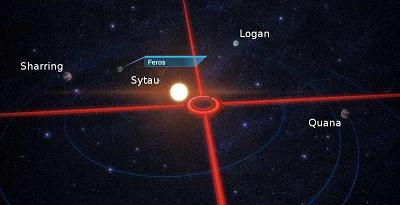
Stellar Mass:
Stellar Class:
Luminosity:
Planets:
Moons:
Asteroid Belts:
Asteroids:
Additional Objects:
N/A
N/A
N/A
5
63
0
0
0
Sytau
學年頭
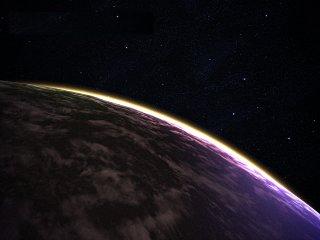
Feros
鐵氧
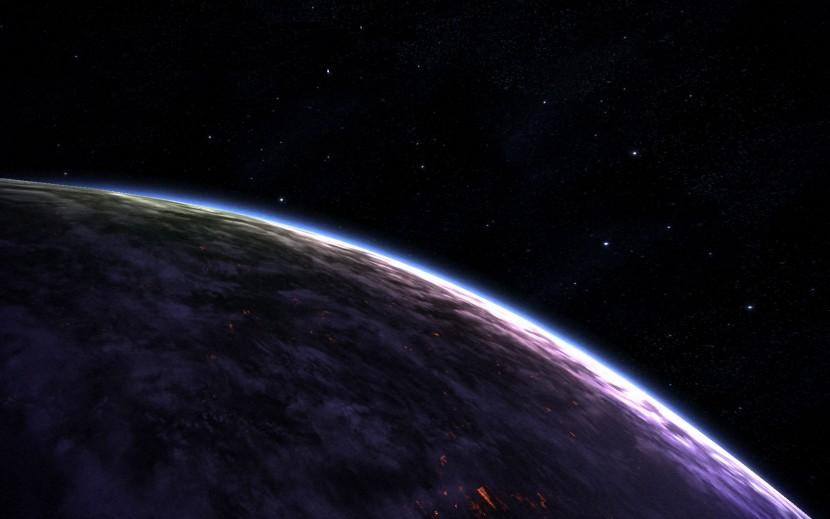
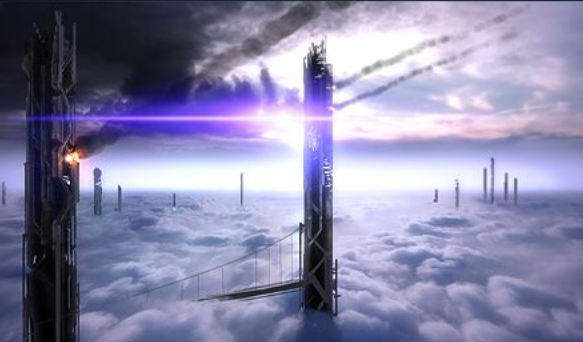
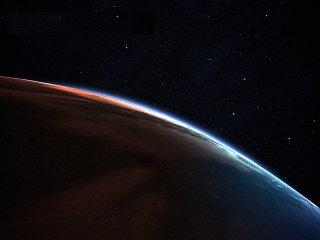
莎爾環
Sharring
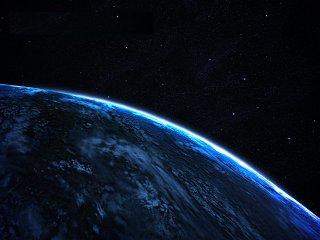
Quana
曲安娜
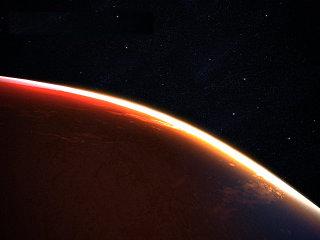
洛根
Logan
系統
忒修斯
Note
Theseus is a medium system with five planets.
It is named for the mythological Greek hero Theseus. Theseus was said to have slain the Minotaur in the Cretan Labyrinth.
Theseus is a medium system with five planets.
It is named for the mythological Greek hero Theseus. Theseus was said to have slain the Minotaur in the Cretan Labyrinth.
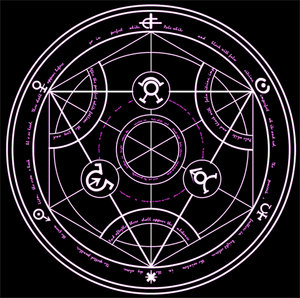
_
Letter#
(N/A) #.# sol
(N/A) #.# sol
(N/A) ## sol
##,### °K (##,### °F)
# AU
---[Planet Data]---
Stellar ID:
Class:
Radius:
Mass:
Keplerian Ratio:
Stellar ID:
Class:
Radius:
Mass:
Keplerian Ratio:
Luminosity:
Surface Temperature:
Day Length:Surface Temperature:
Surface Gravity:
Atmospheric Pressure:
Atmospheric Pressure:
Orbital Distance:
Orbital Period:
Orbital Period:
---[Status]---
Colonized:
Terraformed:
---[Moons]---
0
---[Rings]---
0
---[Artificial Satellites]---
0
---[Indigenous]---
(certain yet unidentified; noticed only once thus far, highly likely Prothean)
Colonized:
Terraformed:
---[Moons]---
0
---[Rings]---
0
---[Artificial Satellites]---
0
---[Indigenous]---
(certain yet unidentified; noticed only once thus far, highly likely Prothean)

Albums
Photos
x
x
Videos
x
x
x
x
Videos
x
x
C = Classified
Major Regions
Continents
Continent
Cities
Oceans
Ocean
Cities
Continent
Cities
Oceans
Ocean
Cities
D = Destroyed / ruins
Population:
Capital:
300,000
ExoGeni Building